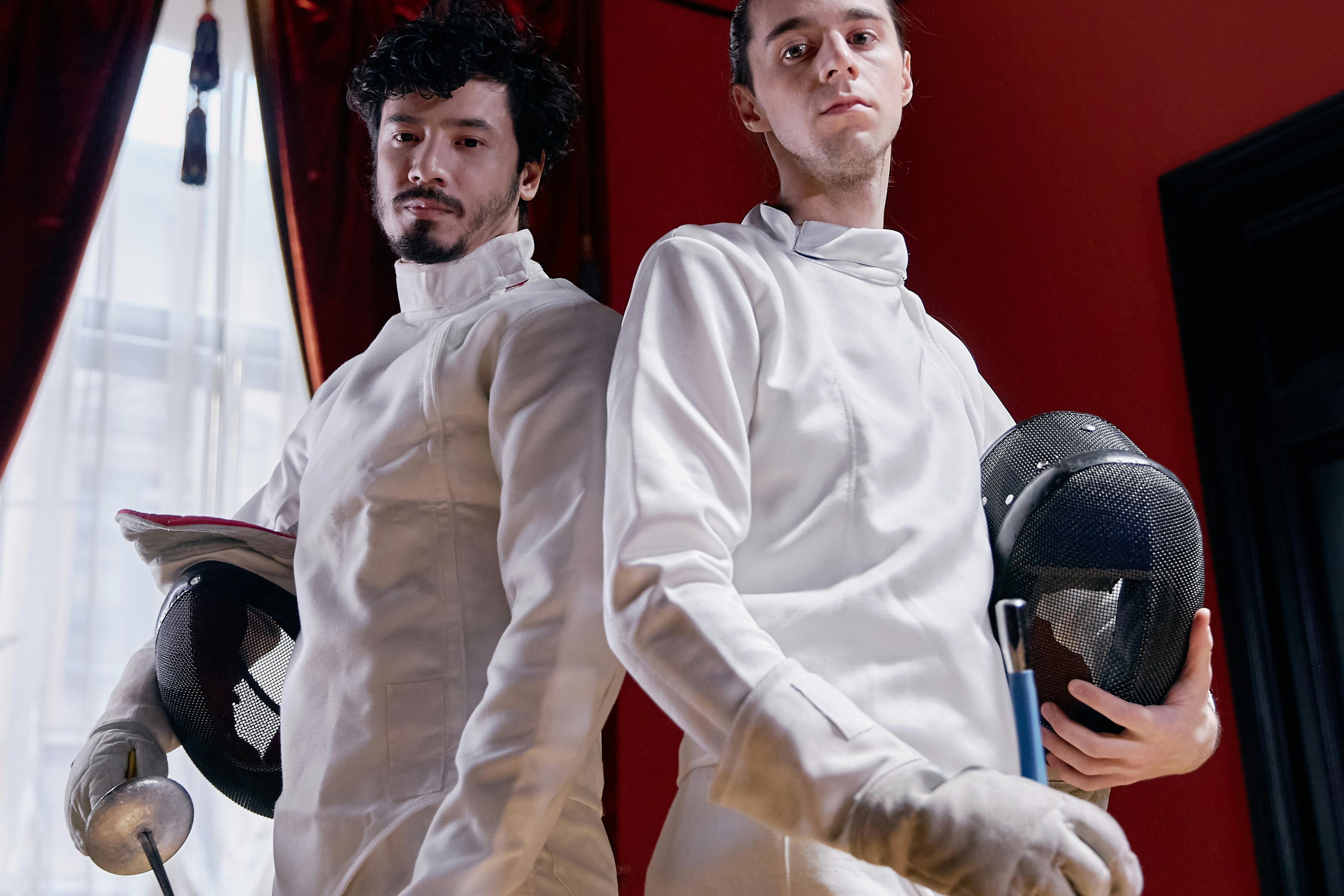
Rejuvenation of devastated knees
Knees don’t like surprises. Whether this surprise comes in the form of a fall with a skier on a snowy mountain or in the form of a 300-pound linebacker named Lawrence, the knee joint becomes quite susceptible to injury from certain movements: twisting while bending, sudden stops, jerks, pivots, vicious horizontal strikes: enough of Lawrence, go get some Gatorade.
As the largest and most sophisticated joint in the body, the knee joint is an intricate complex of ligaments, muscles, tendons, cartilage, and bone. Ligaments, like the infamous ACL or the nearby MCL, act like harnesses, chin straps for the knee, securing a triad of bones – the femur, patella and tibia – providing stability and ensuring the joint is capable of absorbing weight and force. request for an active knee. Despite the strength and flexibility inherent in such a display, for better or worse, surprises are a part of life.
Just ask Pat’s quarterback, Tom Brady; almost anyone who has ever torn their anterior cruciate ligament can remember the exact moment he felt it explode. Without surgical attention, the inflammation in the joint breaks down the neighboring tissues, essentially turning the torn ligament to mush. One surgeon compared repairing a severed ligament to sewing together two hairbrushes. Therefore, due to the difficulty of the procedure, a torn ACL is usually replaced entirely with a graft taken from a tendon.
And while tearing one of the four major knee ligaments is the quickest way to induce a lot of pain in your world, it’s not the only method nor is it the most common knee injury. Often, instead of snapping in two, the injured ligament will be stretched and due to the fact that they are poorly vascularized, healing of the ligament is a very slow affair. It can take years for a stretched ligament to shorten to its original length and heal, and that is free from re-injury.
Of all ACL injuries, skiing is the most common culprit. It’s such a devilishly common affair that it even has a name: the phantom foot phenomenon, in which the extended tail of the downhill ski combined with the unyielding back of the rugged ski boot forces the knee into a stunned twisting motion. while bending. that the knees should not be forced to do. Although such a painful prank has previously meant a first-rate invitation to the surgeon’s knife edge, the scientific technology of adult stem cell therapy offers alternative options for rejuvenating damaged knees.
Stem cells are found in abundance in both adult and embryonic tissue. The reported regenerative effects have sparked a string of cowboy doctors claiming to cure anything from Alzheimer’s to multiple sclerosis to crow’s feet. However, stem cells are parts of the body that catalyze the healing process of tissues, not an instant magic potion. Therefore, it is important to do your homework before undergoing any such medical procedure.
Certain adult stem cell therapy clinics, on the other hand, have developed strict methodologies, such as Regenexx Procedures, which specialize in orthopedics and have developed impressive technologies that master disparate types of stem cells. By taking adult stem cells from the patient’s own body and then sending the self-renewing cells to target the precise area of injury, Regenexx’s approach appropriately tailors regenerative cell treatment. Just as a successful blood transfusion requires blood of the same type, it is essential that the variety of stem cells is in harmony with the area in which it is injected. Blood-derived stem cells, for example, are most effective with damaged ACL ligaments, while other types of bone conditions are better served by bone marrow-derived stem cells.
See, although almost every part of our body has resident adult stem cells responsible for local maintenance, including tissue repair, simply extracting these cells from one part of the body and injecting them into the injured knee is insufficient and is likely to hurt more than help. A one-size-fits-all approach completely ignores the underlying yet vital subtleties inherent in stem cell therapy. However, with the promising results documented so far in reputable clinics specializing in calculated procedures, the potential behind this remarkable microbiological phenomenon appears poised to revive concussion knees and in the process dramatically improve what we might ask in the future of Medicine.